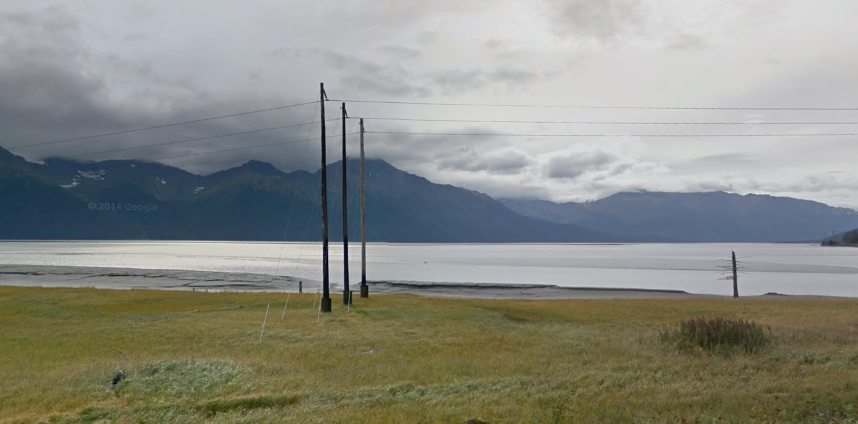3-Phase power transmission does not need a neutral wire. That is part of its attraction. It reduces the amount of material used to make the transmission lines by 1/4
The voltages are out of phase by 120 degrees, say A leads B by 120, B lead C by 120, C leads A by 120.
The maths of that are that A+B+C add up to 0, and hence do not need a 4th neutral wire.
When I was taught this stuff at school in the 70's, AFAICR the diagrams were all wye/star; maybe we were still excited by the UK's "National Grid" so this may have been taught to 16yo, but I likely covered it in Physics at 17-18yo. So our explanation may have been simplified :-)
wikipedia's three phase power 3 or 4 wire circuits show that neutral is optional in wye/star and unnecessary in delta. That 120 degree phase shift is the technique used, and wikipedia covers the theory in Balanced Circuits
You could demonstrate this if you have a spreadsheet which can draw three simultaneous line graphs, by creating three columns containing sin(x), sin(x+2pi/3), sin(x-2pi/3) (a few pi long), and plotting them.
This school of Physics shows the graphs of the maths which IMHO are clearer than wikipedias diagrams.




